
How To Choose The Best Anti-Fog Safety Glasses
Struggling to maintain clear vision in demanding environments? This guide is here to help. By the end, you’ll know exactly...
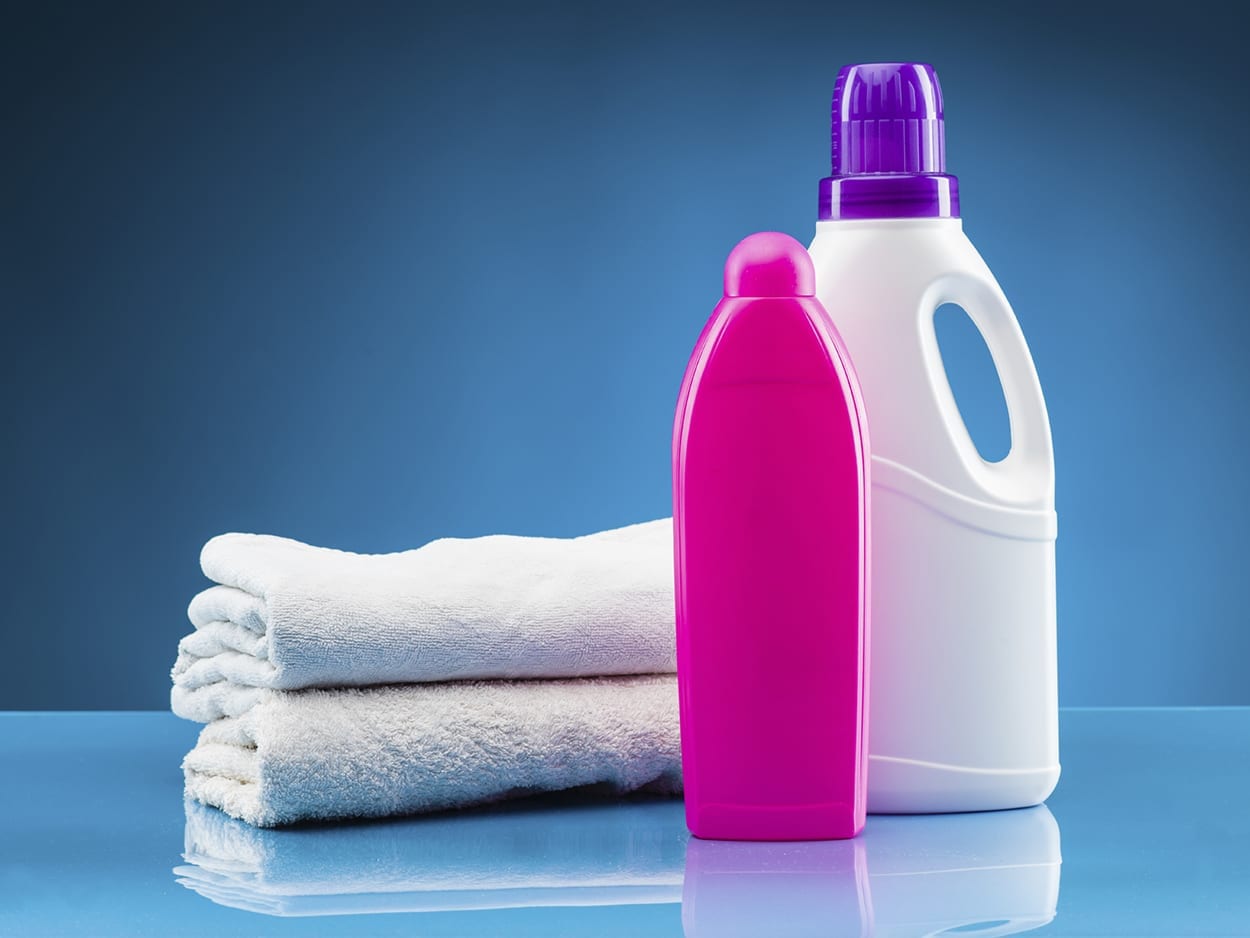
Get 20€ off on your first order!

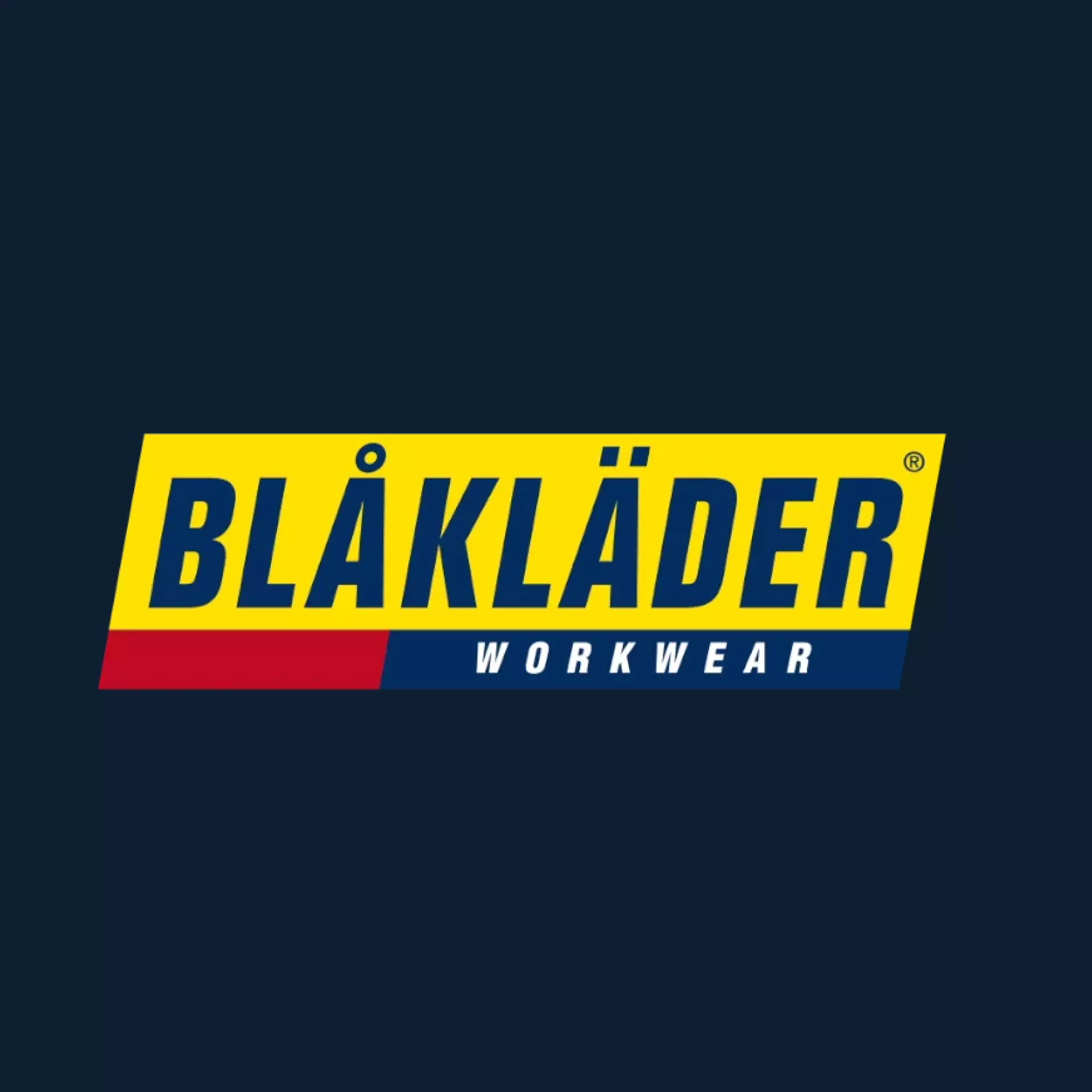



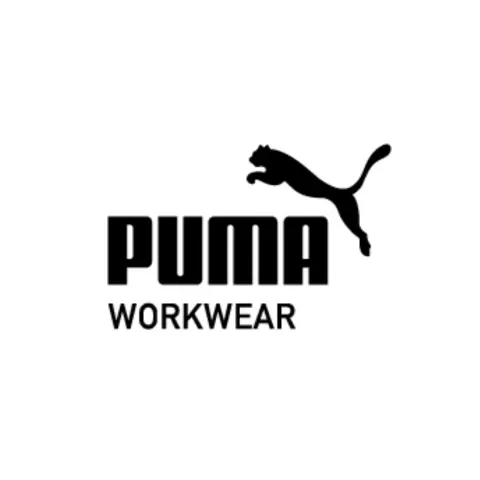

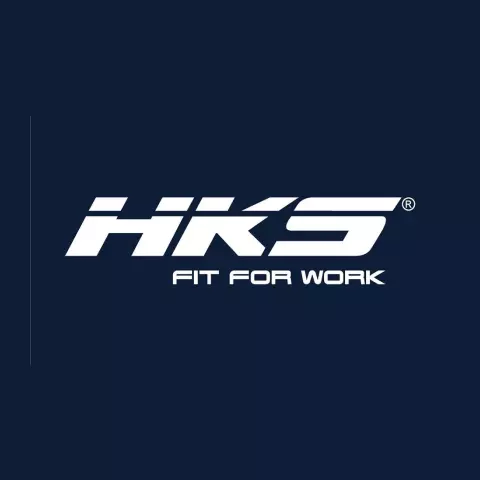


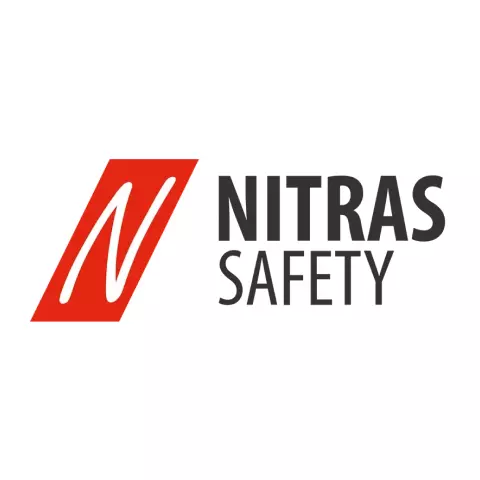




















Deciding between liquid fabric softeners and dryer sheets? This guide makes it easy. You’ll learn everything you need to choose the right option based on your laundry habits, preferences, and sustainability goals. By the end, you’ll feel confident in your choice and be ready to tackle the next step—simple tips to improve your laundry care and keep your clothes looking their best.
For a comprehensive overview of all fabric softener options, check out our How To Choose The Right Fabric Softeners – A Buyer’s Guide.
Liquid fabric softeners are added during the washing machine rinse cycle, working to penetrate fabric fibers and reduce static cling while enhancing softness and scent. They are particularly effective for heavy or coarse fabrics, such as towels or denim, where deeper conditioning is needed to maintain softness. They’re ideal for households that prioritize deeply conditioned clothing and luxurious textures.
Dryer sheets, on the other hand, are used during the drying cycle. They are particularly useful for quick laundry loads or for fabrics like synthetics, which are prone to static cling and benefit from the softening agents applied during drying.
These sheets coat fabrics with softening agents and reduce static cling. They’re particularly convenient for those who prefer a simple, mess-free solution.

Below is a comparison chart highlighting key factors to consider when choosing between liquid fabric softeners and dryer sheets:
| Feature | Liquid Fabric Softeners | Dryer Sheets |
| Application | Added during washing machine rinse cycle | Used in the dryer |
| Effectiveness | Excellent at reducing stiffness, enhancing softness | Good at reducing static cling and adding scent |
| Convenience | Requires precise timing or a dispenser | Simple to toss into the dryer |
| Cost | Generally more expensive per load | Cost-effective option |
| Environmental Impact | Some formulas may contain non-biodegradable chemicals; opt for eco-friendly liquid softeners made from plant-based ingredients or biodegradable alternatives. | Reusable options like dryer balls offer a sustainable solution to minimize waste. reusable options like dryer balls offer sustainable solutions. |
For European households, it’s worth considering eco-friendly liquid fabric softeners or reusable dryer balls as sustainable alternatives.
Liquid fabric softeners excel in providing a more comprehensive conditioning treatment for your laundry. The conditioning agents work by coating fabric fibers, reducing friction during washing, and maintaining the elasticity of textiles. This process not only softens fabrics but also prolongs their lifespan by minimizing wear and tear. These benefits make them a popular choice:
For those seeking to stock up on liquid options, browse our Fabric Softeners category.
Dryer sheets offer unmatched convenience and are an effective way to achieve soft, static-free laundry. Here are the key benefits:
For broader laundry care options, explore our related categories like Laundry Detergents.
While effective, liquid softeners have some downsides:
Dryer sheets are simple to use but not without limitations:
Learn more about Dryer Sheets from this guide on Gain Laundry Detergent
.
Choosing sustainable options like reusable dryer balls or biodegradable softeners can greatly reduce environmental impact and support eco-friendly practices. Eco-friendly products like biodegradable fabric softeners or reusable dryer balls are excellent for reducing long-term waste and supporting sustainability. If you’re environmentally conscious:
For more sustainable cleaning options, explore our Surface Cleaners.
To determine whether liquid or dryer sheets are best for you, consider the following:
For further guidance, see our How To Choose The Right Fabric Softeners – A Buyer’s Guide or explore Laundry Detergents: Selecting The Right Cleaning Agents.
We hope this guide has provided valuable insights into choosing the right fabric softener for your laundry needs, from understanding their benefits to aligning them with your lifestyle and environmental priorities. Whether you’re enhancing the softness of your towels or keeping your everyday clothes fresh and static-free, we’re here to support your laundry care journey.
To shop for the best fabric softeners, visit our Fabric Softeners category. For complementary products, check out Laundry Detergents and Surface Cleaners.
Have questions or need expert advice on laundry care solutions? Don’t hesitate to reach out—our team is always here to help you make confident, informed choices.
– The Droppe Team
Yes, but it’s usually unnecessary. Using both may over-soften fabrics or cause residue buildup.
Yes, avoid using fabric softeners on microfiber, athletic wear, or moisture-wicking fabrics as it can reduce their effectiveness.
Store liquid fabric softener in a cool, dry place with the cap tightly sealed. Keep dryer sheets in their box away from moisture.
Some may. Look for hypoallergenic or fragrance-free options if you have sensitive skin or allergies.
Liquid fabric softeners typically last up to 12 months, while dryer sheets can last indefinitely if stored properly.
Thank you! You've signed up for our newsletter.









Struggling to maintain clear vision in demanding environments? This guide is here to help. By the end, you’ll know exactly...

Electricians across Europe face unique challenges that require reliable safety glasses to ensure both protection and efficiency. Whether safeguarding against...

Choosing the right welding helmet can feel challenging, but this guide will help you make the best decision. By the...

Struggling to maintain clear vision in demanding environments? This guide is here to help. By the end, you’ll know exactly...

Electricians across Europe face unique challenges that require reliable safety glasses to ensure both protection and efficiency. Whether safeguarding against...

Choosing the right welding helmet can feel challenging, but this guide will help you make the best decision. By the...
Get 20€ off on your first order!
Save 30% by buying directly from brands, and get an extra 10€ off orders over €100
Save 30% by buying directly form brands, and get an extra 10€ off orders over €100